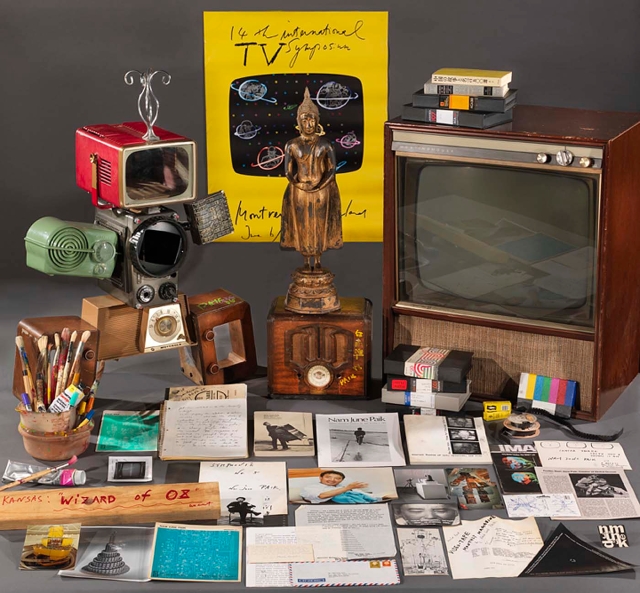My goal as an educator this year is to intentionally focus on the cultural side of mathematics through authentic applications. During the geometry unit in pre-algebra, my students explore the intersection of geometry and Islamic art. After studying quadrilaterals, we started playing with 5 and 7 overlapping circles through activities outlined in the book Islamic art and Geometric Designs.  The activities expose students to the regular shapes that can be made from circles. At first, we worked with compass and rulers, and I gave students the option to work on GeoGebra.
The activities expose students to the regular shapes that can be made from circles. At first, we worked with compass and rulers, and I gave students the option to work on GeoGebra.
Two videos that explain the process and significance:
- The TEDTalk: The Complex Geometry of Islamic design- Eric Broug
- video by Prince’s School of Traditional Arts to learn more about the significance of geometry in the Islamic Religion.
The students worked on their project over a week. We first looked at developing an appreciation of the creation process, then started analyzing photos. I used some designs from Eric Broug’s book to help students explore the patterns in the designs and deconstruct designs.
Here is a link to analyzing a pattern tile, Complex Islamic Geometry. Some imagines are taken from Eric Broug’s book and a Thinking Routine from Agency by Design (Parts Purposes, Complexities).
After going through examples and making connections between geometry properties and overlapping circles, we started on the project. Instructions for students Islamic Art Project.
Students used GeoGebra or compasses to create different pattern tiles. We used about 2-3 class periods for students to create a design then one lesson to work on the write-up. I did not assign homework through the process as I wanted to make sure to be available to answer their questions and provide technical help. Upon completion as hosted a Gallery walk to observe student work. I invited fellow teachers, administrators and Grade 2 students joined us since they were kicking off their Geometry unit. It was beautiful to see the students give the second graders a guided tour.
Overall the students improved describing their process, their use of mathematical vocabulary, comfort level with GeoGebra, and learned about some of the cultural significance of geometry to Islamic Cultures.




















